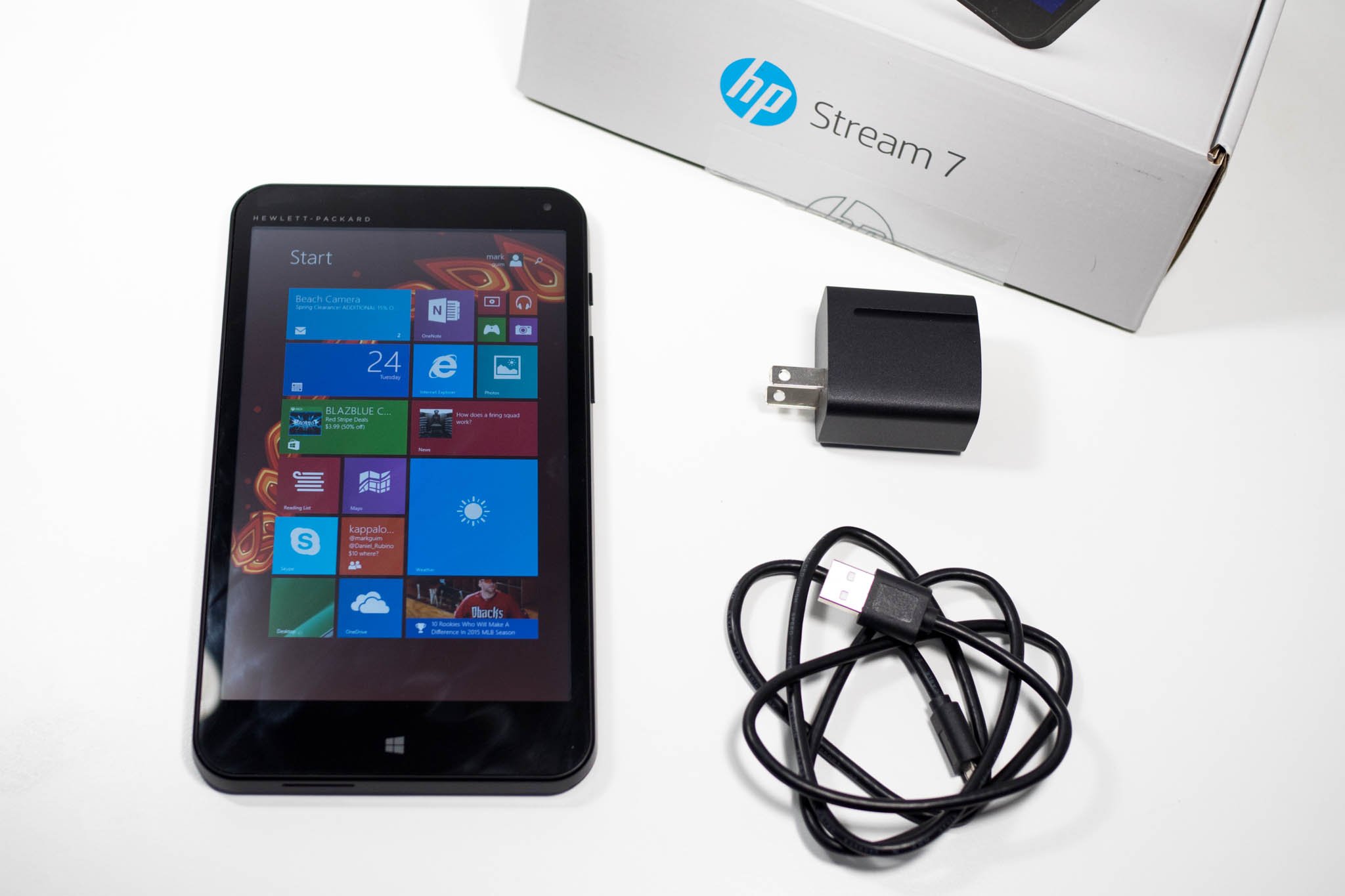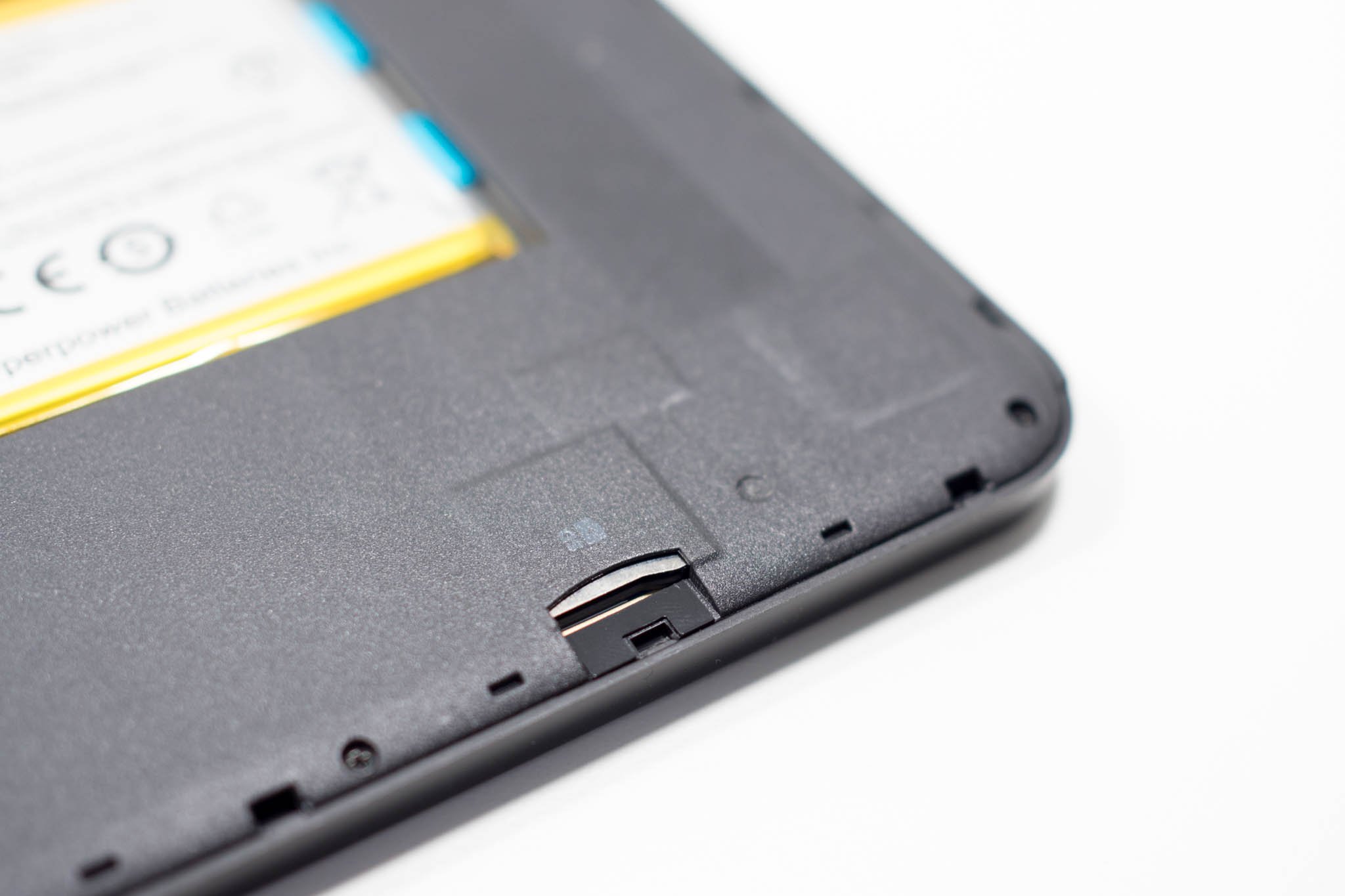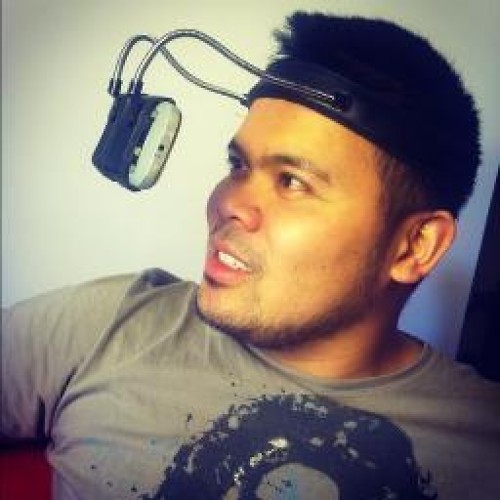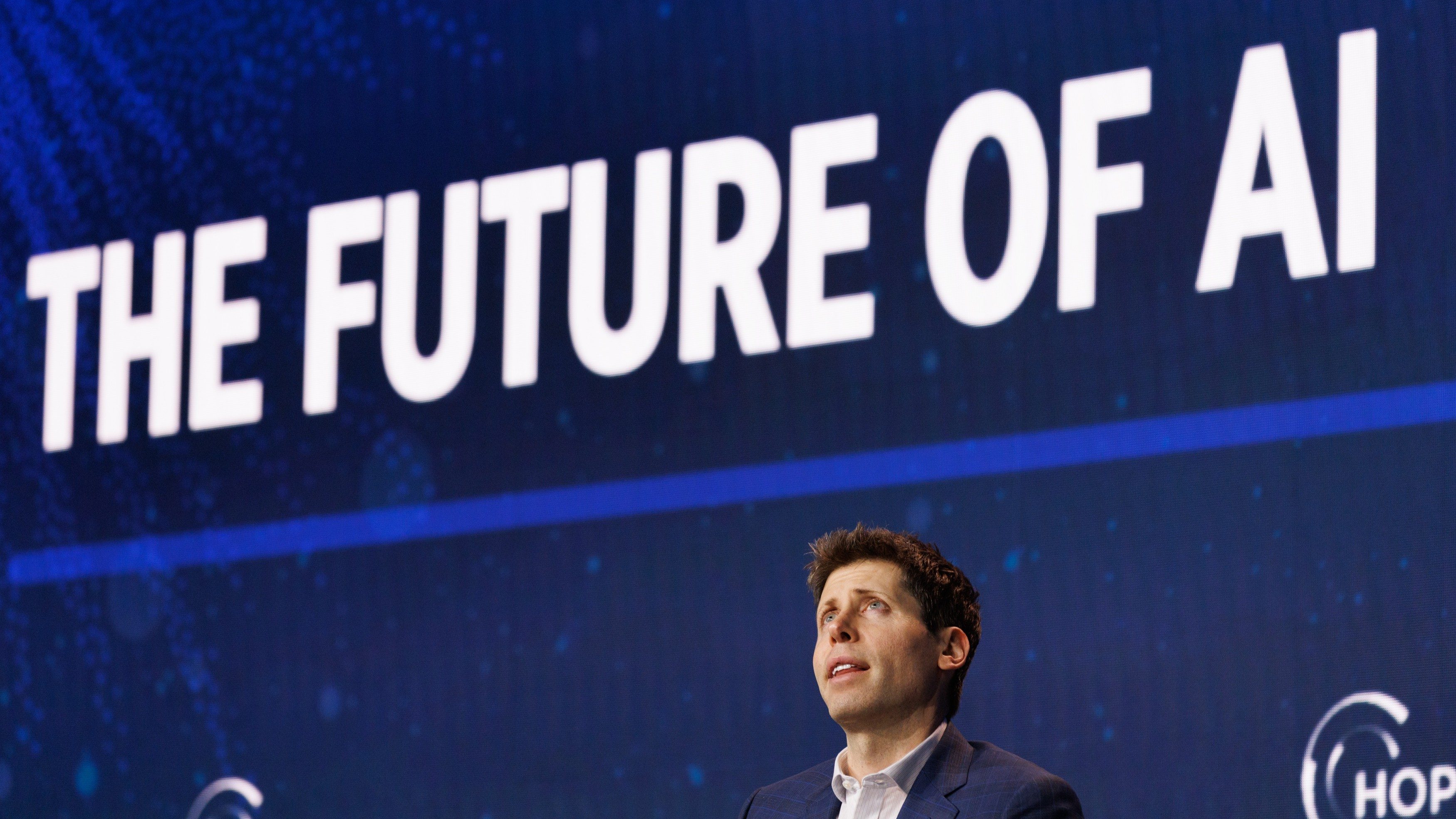
I just got a Windows 8.1 tablet for $10. I'm talking about the HP Stream 7. The Microsoft Store is currently selling it for $79, but it comes with a free Office 365 subscription, which is worth $69. Since I got it from the Microsoft Store, the HP Stream 7 is also sold as Signature Edition. This means no junkware or trialware out of the box. What else is included with the sales packaging? Watch our unboxing to find out.
HP Stream 7 Signature Edition specifications
- 7 in HD IPS touchscreen (800 x 1280), 5-finger multi-touch support
- Intel Atom Z3735G quad core 1.33 GHz with Burst Technology up to 1.83 GHz
- 1GB DDR3L-RS 1333 MHz
- 32GB eMMC
- Windows 8.1 with Bing, 32-bit
- Intel HD Graphics with shared graphics memory
- 1 Micro USB 2.0, Headphone output/Microphone input combo
- 3000mAh lithium-ion 11.1Wh (up to 8 hours)
- 2MP back-facing camera, 0.3MP front-facing camera
You don't expect much from a tablet that costs less than $100, but I'm liking it more than I thought I would. Coming from my Surface Pro 3, I notice the HP Stream 7 is slower at opening apps and handling multitasking. But then again, there's a huge price difference between the two machines. Here's what comes in the sales packaging:
- HP Stream 7 tablet
- Quick Start guide
- Warranty information
- Signature Edition pamphlet
- Micro-USB cable
- Charger
It might not be very obvious to new owners, but the HP Stream 7 has a microSD slot. You'll need to pop open the back cover to access it. You can see the battery inside, but it is not removable.

I have no complaints with the HP Stream 7's touchscreen sensitivity or readability, but I do notice that the actual display is behind a really thick glass. That's not a dealbreaker, though, especially at its incredible pricetag. I'll spend more time with this tablet, and maybe try to install Windows 10 on it. Do you own an HP Stream 7? How do you like it? Sound off in the comments!
All the latest news, reviews, and guides for Windows and Xbox diehards.

